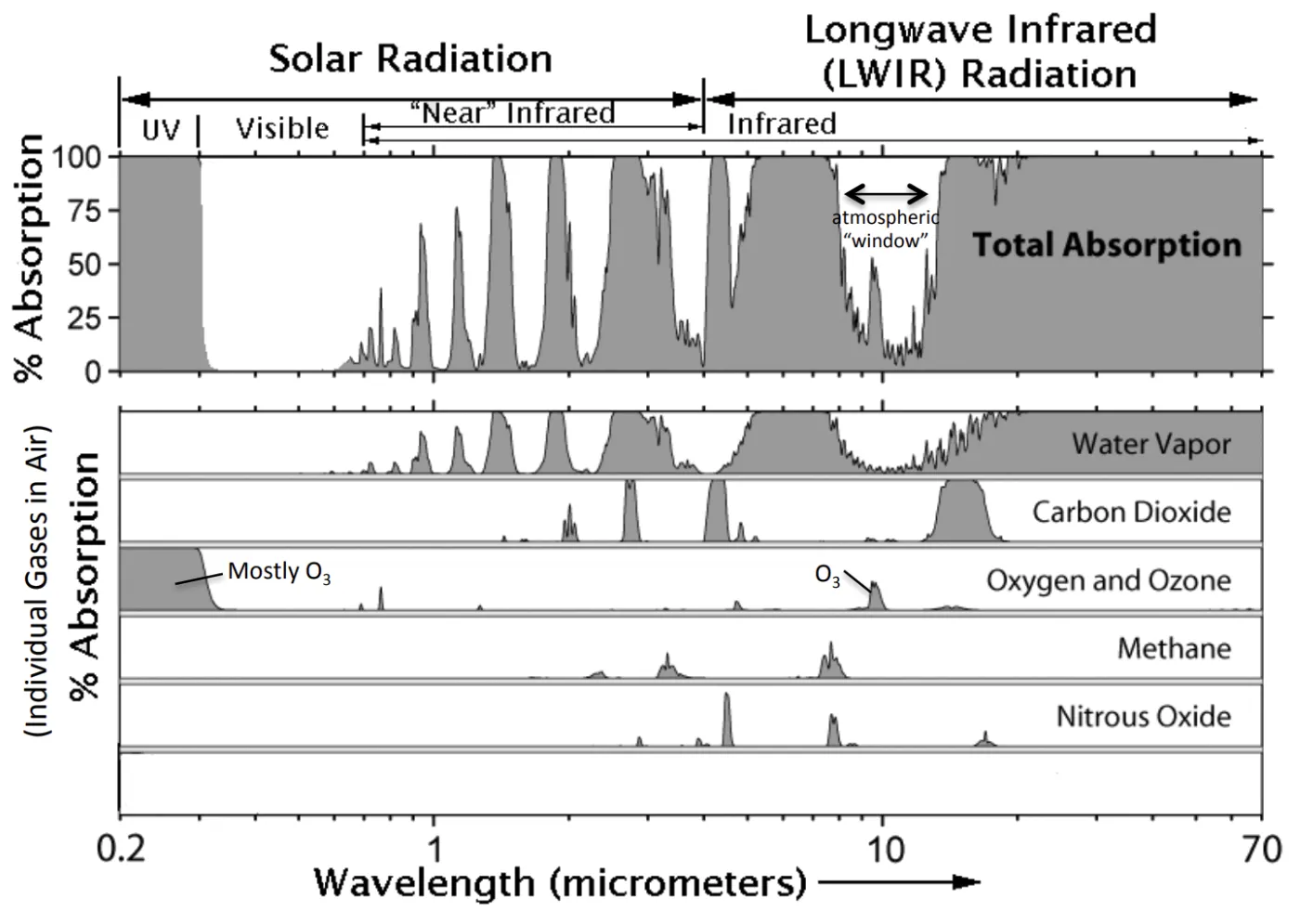Fiber Optic Tech
Picking the Perfect Light: A Guide to LiDAR Wavelength Selection
The laser transmitter affects the core performance of the LiDAR product. The principle of the laser is that the gain medium (working material) generates photons by absorbing the energy of the excitation source (pump source), and forms a laser beam through amplification of the optical resonant cavity. The gain medium and the optical resonant cavity together determine the wavelength of the emitted laser. For LiDAR lasers, in terms of performance, it is hoped that the laser will achieve higher emission power density, lower temperature rise, smaller temperature drift coefficient, and higher beam quality. In terms of cost, it is hoped that the processing of the laser itself and subsequent supporting equipment can achieve low cost.
High Power density: A stronger laser from a compact device allows for longer detection ranges. Manufacturers are employing multi-node solutions, essentially connecting multiple laser regions for enhanced power and efficiency. Currently, suppliers are committed to using a multi-node solution, that is, connecting multiple active regions in a semiconductor laser in series through tunnel junctions, to multiply the power and significantly improve the device's luminous efficiency
Low Temperature Sensitivity: Semiconductors all have a certain photothermal effect. At different temperatures, the wavelength of the laser emitted by the laser will drift slightly. The drift amplitude is called the temperature drift coefficient. In practical applications, the filter at the front end of the laser radar also needs to take this part of the "drift" wavelength range into account, and is forced to increase the filter width, affecting the signal-to-noise ratio of the laser radar. Therefore, laser manufacturers are committed to reducing the temperature drift coefficient of the laser through various means.
Superior Beam Quality: that is, the shape and energy distribution of the light spot, preferably a regular circle for easy distance measurement. A clean, circular light spot is essential for accurate distance measurement. Techniques like beam shaping may be necessary.
Sharp Spectral Width: also known as laser line width, which is the color purity of the laser. The laser radar receiver will use a filter to filter out light of other wavelengths. The narrower the line width of the detection laser, the stronger the anti-interference ability and the higher the signal-to-noise ratio.
Atmospheric Constraints: Wavelength Windows
The atmosphere selectively absorbs various wavelengths. For example, wavelengths below 300nm are readily absorbed by ozone, while water vapor heavily absorbs those exceeding 1000nm. Therefore, usable laser wavelengths fall within specific "windows" where atmospheric attenuation is minimal. The ideal window for LiDAR applications typically overlaps with the visible light spectrum. However, using visible light directly poses safety risks to the human eye.

Based on wavelength and established industrial practices, three primary choices have emerged for automotive LiDAR systems: 850nm, 905nm, and 1550nm. Selecting the optimal solution requires careful consideration of a multi-faceted interplay between safety, performance, and cost.
Power and Detection Distance: usually determined by its safety to the human eye; interference from external light; difficulty and cost of preparing the laser itself, etc. The 850nm solution offers superior water vapor penetration but has a limited effective detection distance due to safety limitations. Conversely, the 1550nm laser suffers less from light interference but has a weaker signal due to lower allowed power.
Eye Safety Concerns: Lasers below 905nm pose higher risks as they penetrate deeper into the eye. Regulations limit the peak power for these wavelengths. They can penetrate the transparent part of the human eye and reach the retina directly. During this period, the human eye's refractive medium can converge the incident light beam into a very small spot, which poses a high risk of burns. The peak power for eye safety is 6W. The detection distance is generally 150m~200m. However, 1550nm lasers are absorbed in large quantities when passing through the human eye cornea and other parts, and will not touch the retina. Under the same eye safety requirements, a transmission power that is more than 40 times higher than that of a 905nm laser radar can be used, thereby greatly increasing the detection distance, usually to more than 200 meters.
Anti-interference: The 850nm solution has the best water vapor penetration among the mainstream technical paths, so the maximum power is limited, resulting in a shorter detection distance for the product. Limited by the safety power, the effective detection distance of the 850nm solution is shorter. However, due to the shorter wavelength, the 850nm laser is more difficult to be absorbed by water vapor in the air, which helps to improve the reliability of autonomous driving in humid scenes. However, 1550nm lasers experience less interference from sunlight, which can achieve better detection effects.
Silicon Photonic Chip Compatibility: 1550nm laser can propagate in silicon-based media and is the most common wavelength in optical communications. It can be perfectly matched with silicon photonic products, making it easier to realize chipization.
Cost and Production Efficiency:
- Laser Fabrication: 905nm lasers utilize well-established semiconductor laser chip coupling, while 1550nm lasers often require complex fiber lasers for superior beam quality and power, leading to higher costs.
- Detector Materials: Detectors for 800-1000nm wavelengths can utilize readily available materials like gallium arsenide. However, detectors operating beyond 1000nm like those used with 1550nm lasers require more expensive materials and have a less mature supply chain, impacting overall cost.
Selecting the optimal laser wavelength for LiDAR systems necessitates careful consideration of safety, performance, and cost factors. While 905nm lasers are currently dominant due to mature technology, VCSELs operating at 850nm are gaining traction due to their cost-effectiveness and superior beam quality. As technology advances, LiDAR costs decline, and power density and efficiency improve, VCSELs may solidify their position as the future mainstream choice.



















